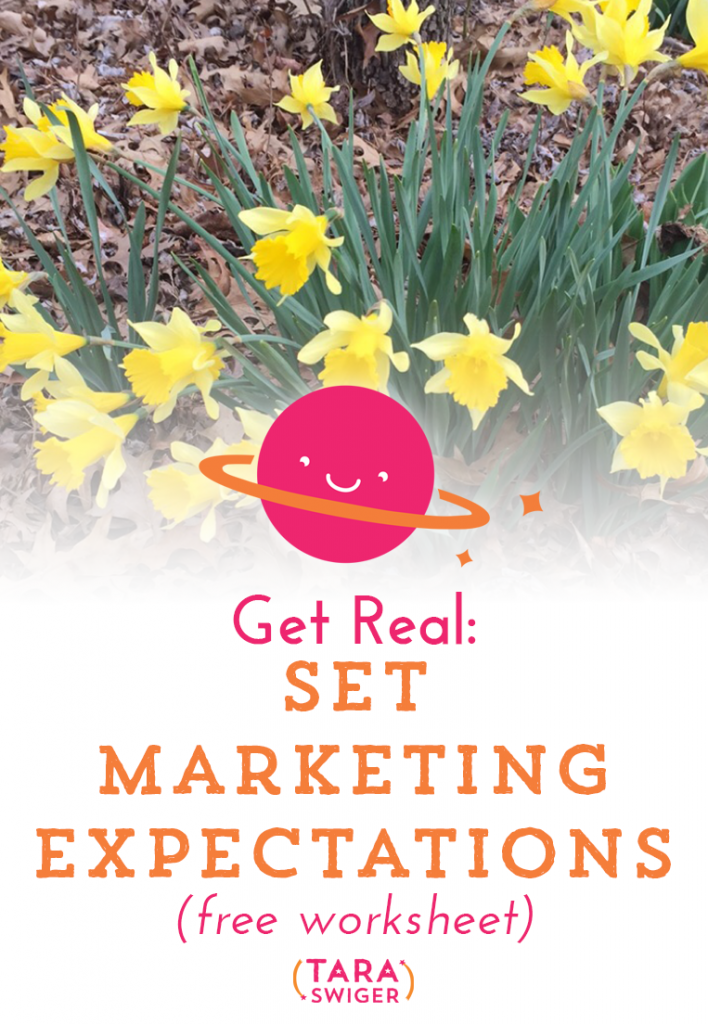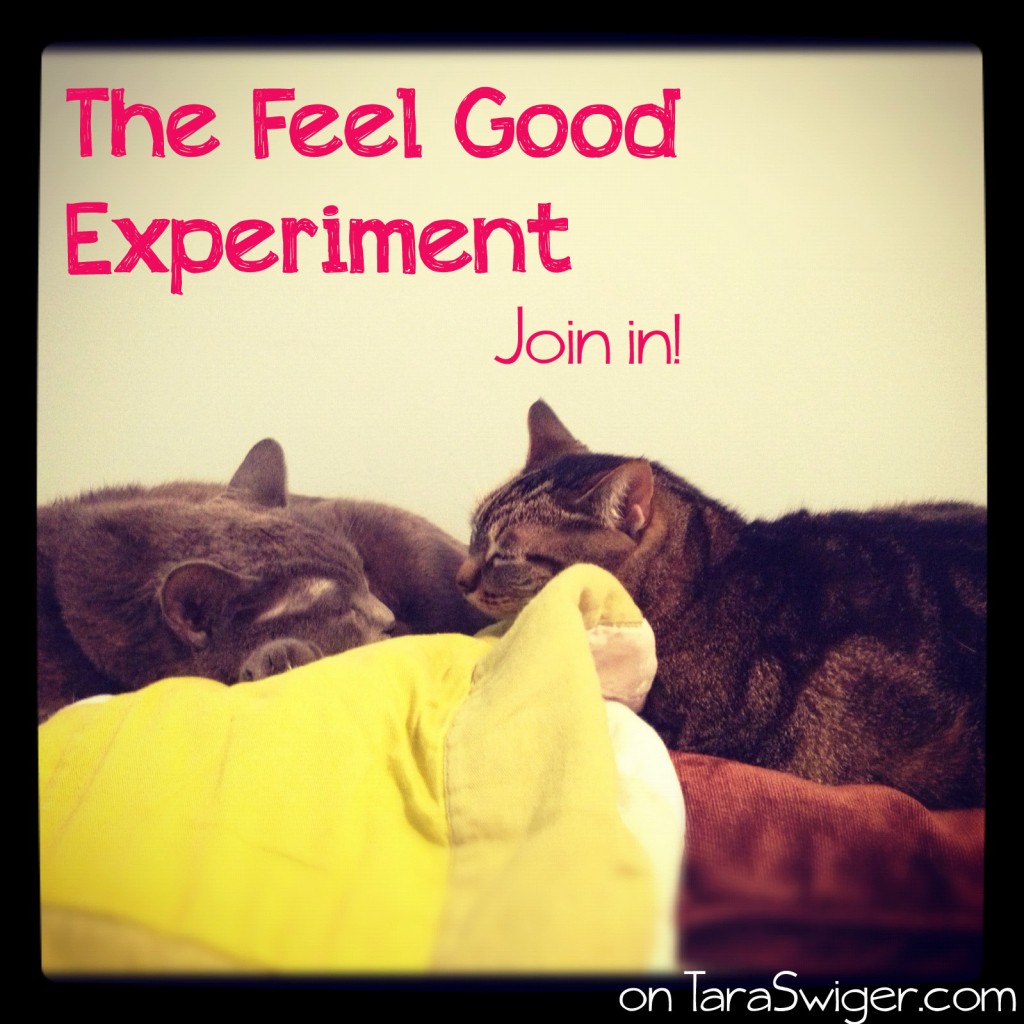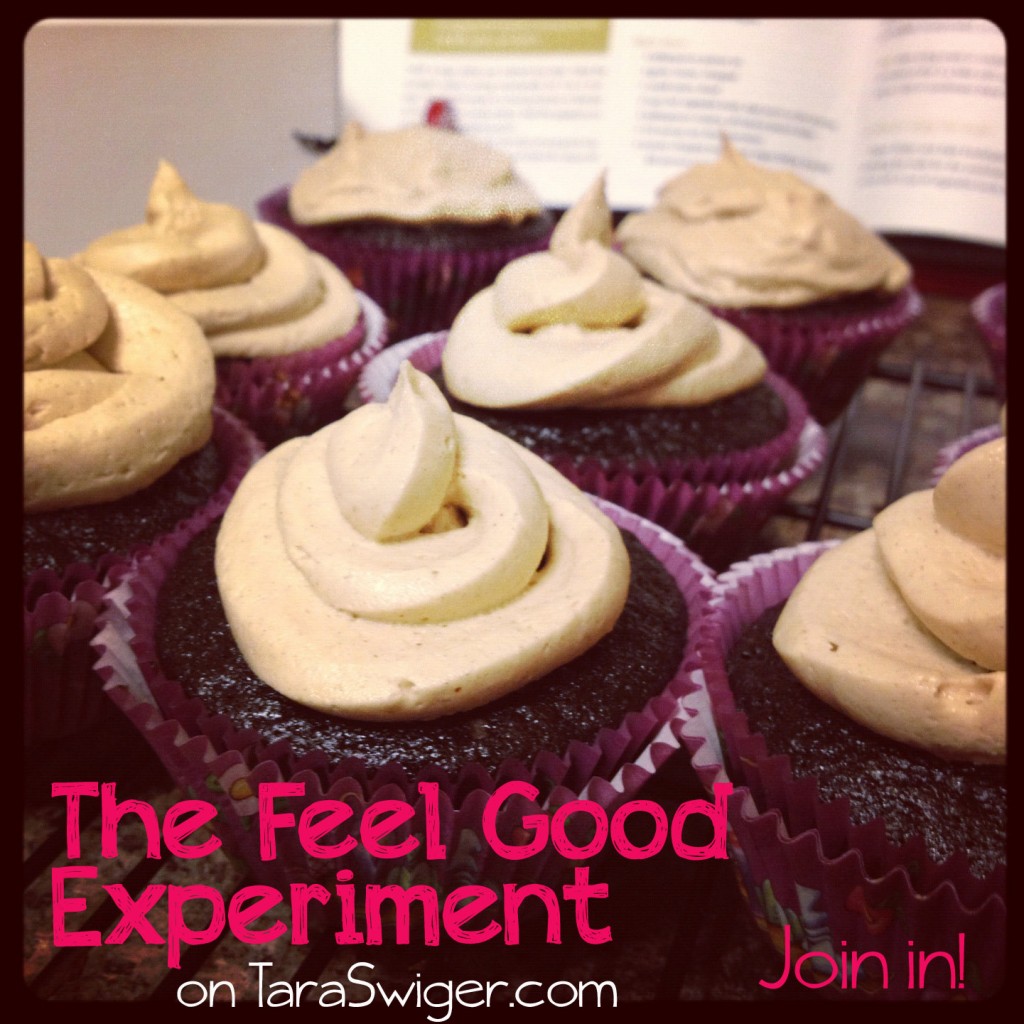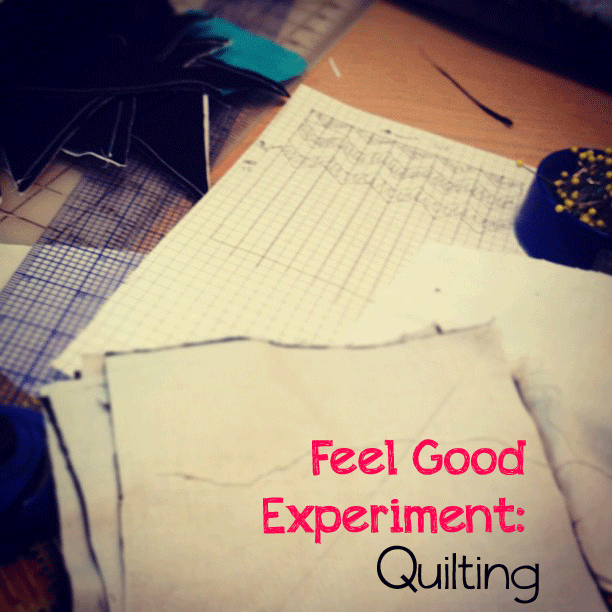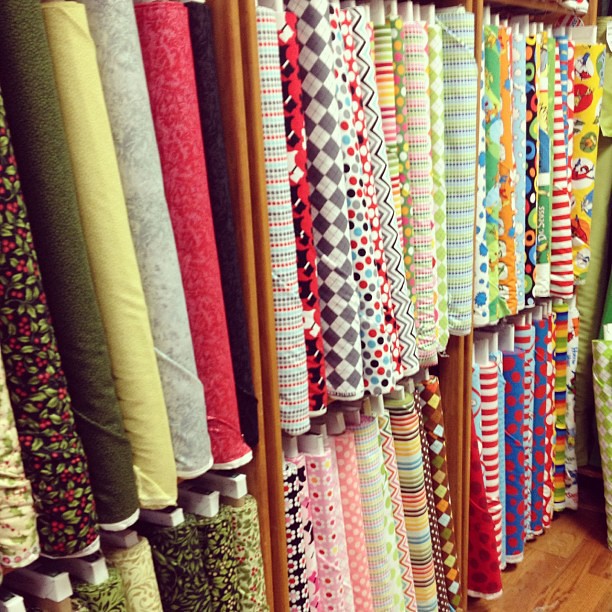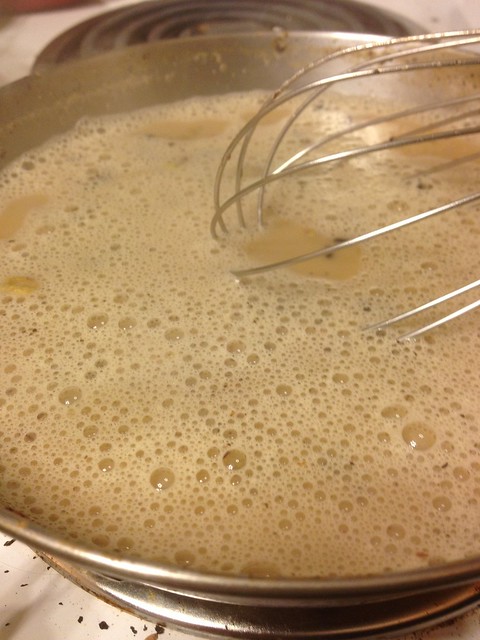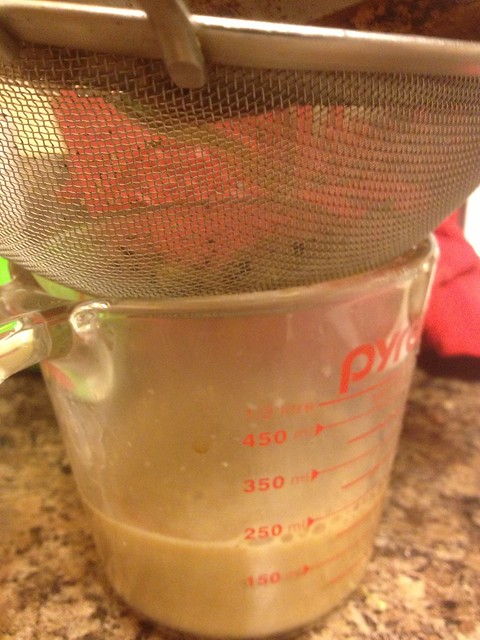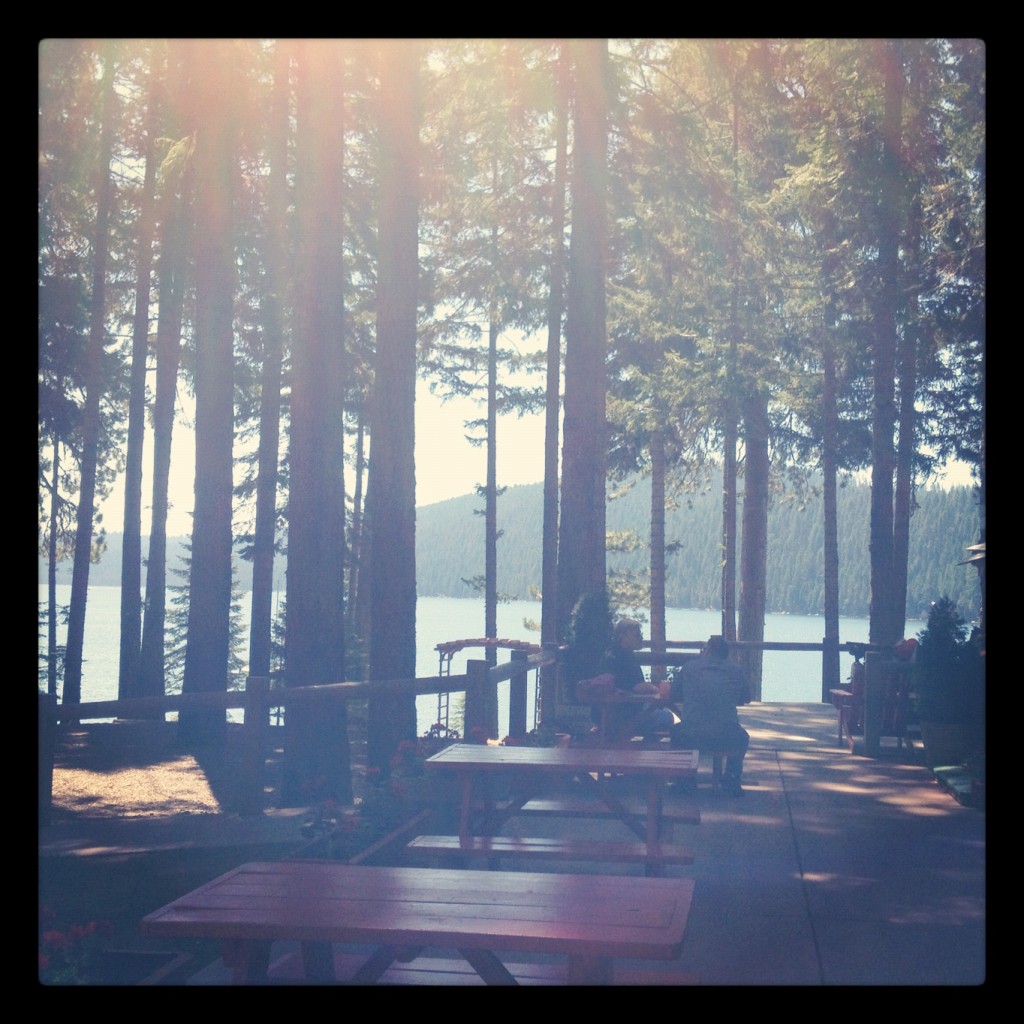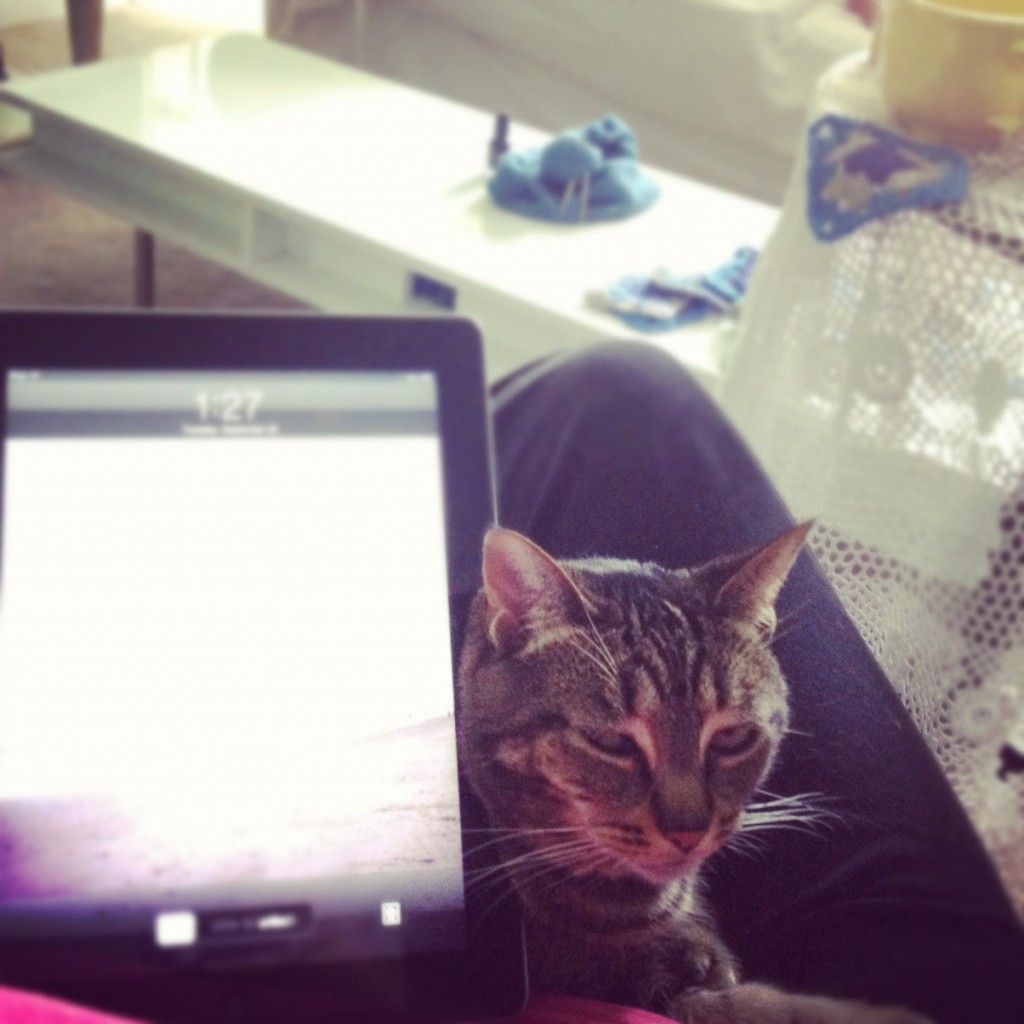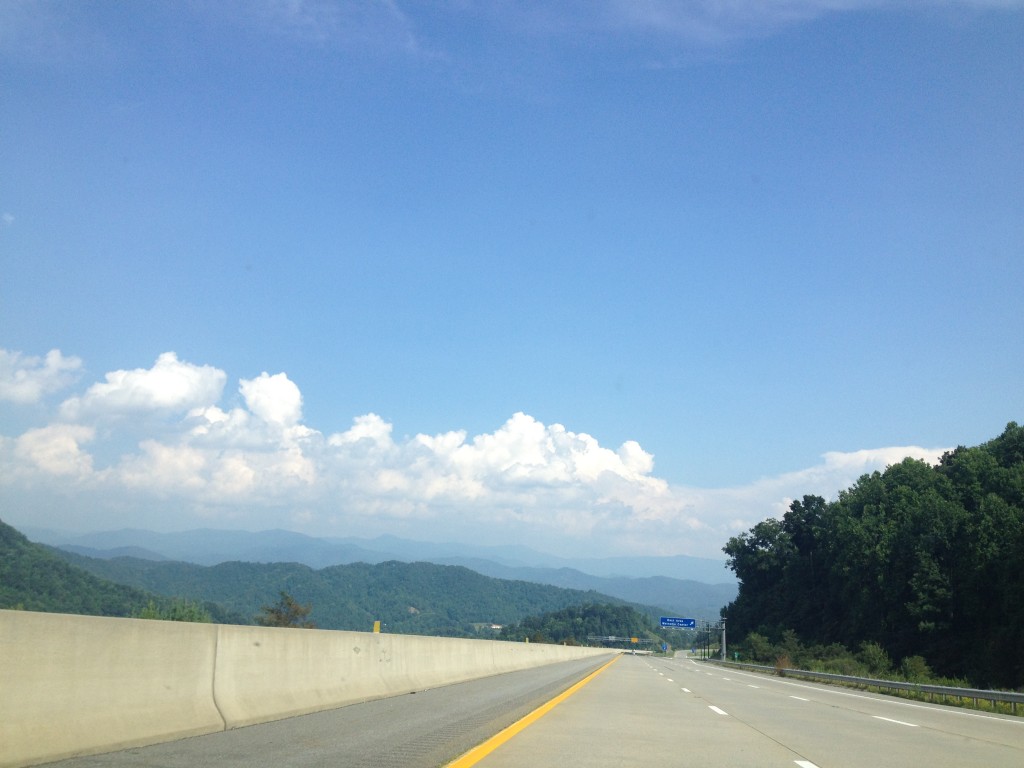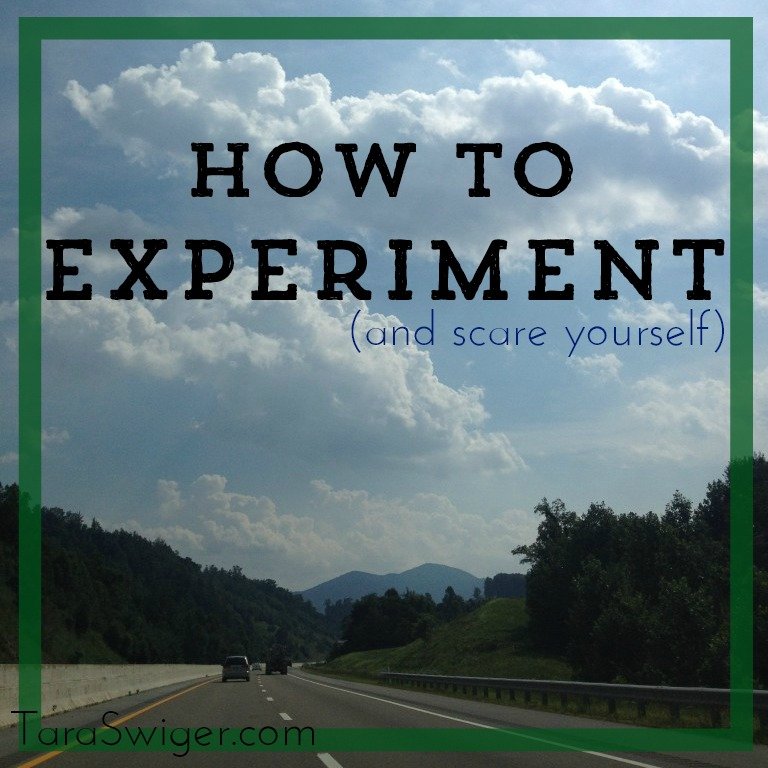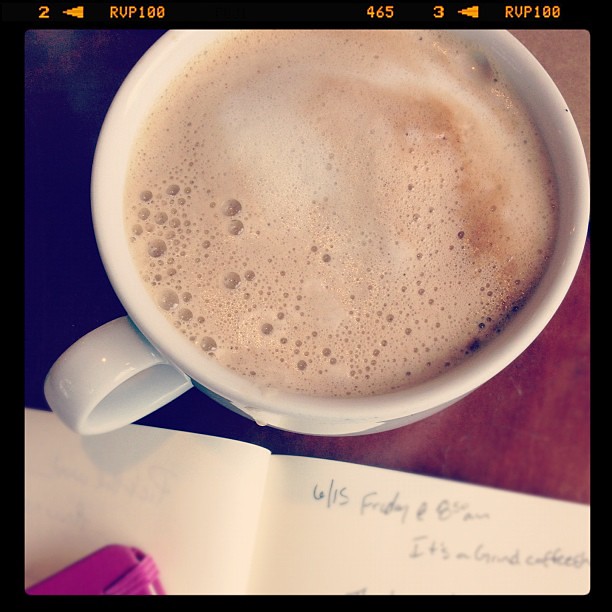
This week, I'm not really here. I'm in the Pacifica Northwest, admiring beaches, rocks and evergreens. And yet, I'm still here. I'm still experimenting every day.
How?
Systems! And Tools!
Remember that Step #3 of creating an experiment is about gathering the support and tools you need?
For my experiment (and life), I needed tools + systems that would help me collect my ideas (especially since they're multiplying daily), a time + space to write (and write extras), and a way to keep the blog going while I was gone. Here's what's working.
Tools
Evernote: I use Evernote for everything: words, pictures, voice memos. If I want to remember it, it goes in Evernote. I use it everywhere: I have Evernote Clipper on my browser, so I can clip quotes or links I want to remember, Evernote Web for a quick addition while I'm working on something else online, Evernote on my iPhone for ideas when I'm away from my computer. Basically, if it's got an internet connection, it's got Evernote (and I pay for Premium so I can see my notes when I'm offline, like when I'm flying!)
WordPress: My blogging software lets me schedule posts ahead of time or keep them as drafts. All of the posts this week were written as drafts last week, then edited a bit and scheduled. I also use WP on my iPhone to do quick edits (but I don't love it), and I'm trying Blogsy on my iPad during this trip.
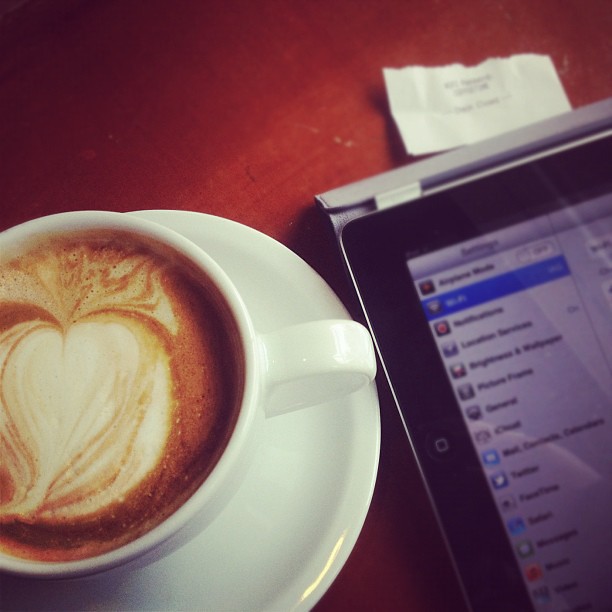
Journal: You've seen it before, it's by my side at every moment of anything. If I have an idea or even a sentence I like but I don't want to stop my writing flow and put it in Evernote (clicking away from a window can be detrimnetal!), I write it down. When I'm having a conversation with someone and I get an idea, I write it down. It just seems less rude to me to take handwritten notes then to pull out my phone and start typing while someone else is talking. I also use my journal to map things out visually or make connections that don't warrant a whole note.
iPhone: Of course I use it for Evernote and WP, but I also use it as a camera, to take pictures with my iPhone of ANYTHING I see that I want to remember: book titles, a funny sign, something a business is doing right (or wrong). Oh, and I use the voice to text software all the time, to make notes while I'm driving.
Focus Booster: Perfect for making sure I'm doing some writing, even on the busiest days. Just 20 minutes of writing per day adds up! (This post was written in 2 20-minute bursts) I like to leave the ticking sound on, it keeps me focused.
Systems
Catching ideas: This is absolutely the most important system. Without knowing what to write about, I can't write!
(If you sit down at a blank page everyday, with only the plan “to write”, you will likely be staring for a long time. Knowing what to write about is 80% of the battle (in my highly scientific studies).
Of course, you already know the tool I love for this is Evernote, and so the system is simple: Write EVERYTHING down. Don't count on memory, don't count of weird symbols. Write the idea out, as much as you have, as soon as you have it. Pull over the car if you have to (or turn it into a song until you can pull over the car.) Write out as much as you have, because you will not remember later.
Writing + Publishing: I already spend most of days writing (whether it's for and to clients, or in the Starship, or materials new classes), but writing for the blog needed it's own space and support. No email, no classes, no client work. And it's not enough (for me) to just plan to do it, I have to have it fit into the flow of the whole day (or everything else will take it over.) What this looks like in practice is that almost every morning goes like this:
- Get up, get ready, go to coffeeshop (so my house doesn't distract me)
- Sit down with oatmeal, coffee and journal and get out anything that's in my head – usually a To Do list for the day, plus random stuff (ideas for new products, what I want to make for dinner….whatever is asking for attention, it gets out on paper so it'll leave me alone)
- Check email for important, urgent notes from paying people (clients or Starship Captains), every other email waits for later.
- Open Evernote to pick an idea (sometimes I have these schedule, sometimes I just go with the one I'm most excited about)
- Start Focus Booster (for 20 minutes, followed by a 5 minute break)
- Open up 750words and start writing. When the time goes off, copy my writing into a blog post (if it's nearly ready) or Evernote (if it's a bunch of scraps).
- Get another cup of coffee, answer emails (or hang out on Twitter) during the 5 minute break.
- Set time for either another 20 minutes, or just 9 minutes (depending on how many client calls or commitments I have scheduled) and edit the post so it's ready to post (either the post I wrote that day, or one from the day before), add photos, links, and schedule it RIGHT THEN. (Even if this takes me over the timer, it's important I finish it)
And that's it. If it's a client-heavy day (Tuesdays) or a Starship filled day (Wednesdays) or if a client is doing something big (like releasing a new video, or going to a trade show), that might be the only personal writing I do all day, and I'm done with it by 10am. If it's a Monday or Thursday (Sacred Writing Days), I'll set the time for another 20 minutes later on and write posts for the future, or work on class materials. I write for clients, so Sacred Writing Days also include 20 minute chunks of writing for them.
I've laid it all out here nice and neat but the fact is, life is messy.
Some days a client email distracts me for an hour. The important thing isn't the time I write (but having a structure and a normal time is super helpful) but that no matter what, I write for 20 minutes everyday, 20 minutes that's prompted only by me. Not a Starship question, not a client project, just 20 minutes of writing what I've synthesized from all the other projects.
Why?
Because building a business has to include building something of your own. Reacting to outside stimilus is tempting. It shows up and it begs for your attention. As long as you're looping through responding and reacting, you're not building something of your own, something will last beyond that email, or that one package. Whether your art is your writing, your designing, your drawing or your knitting, you have to have time to express what's in your own head, not what other people are asking for.
And lest you think 20 minutes isn't enough, it's how I wrote the book in 6 months. No matter what your experiment is, it only needs (your equvilent of) 20 minutes.
What are the tools and systems are supporting your experiments?

